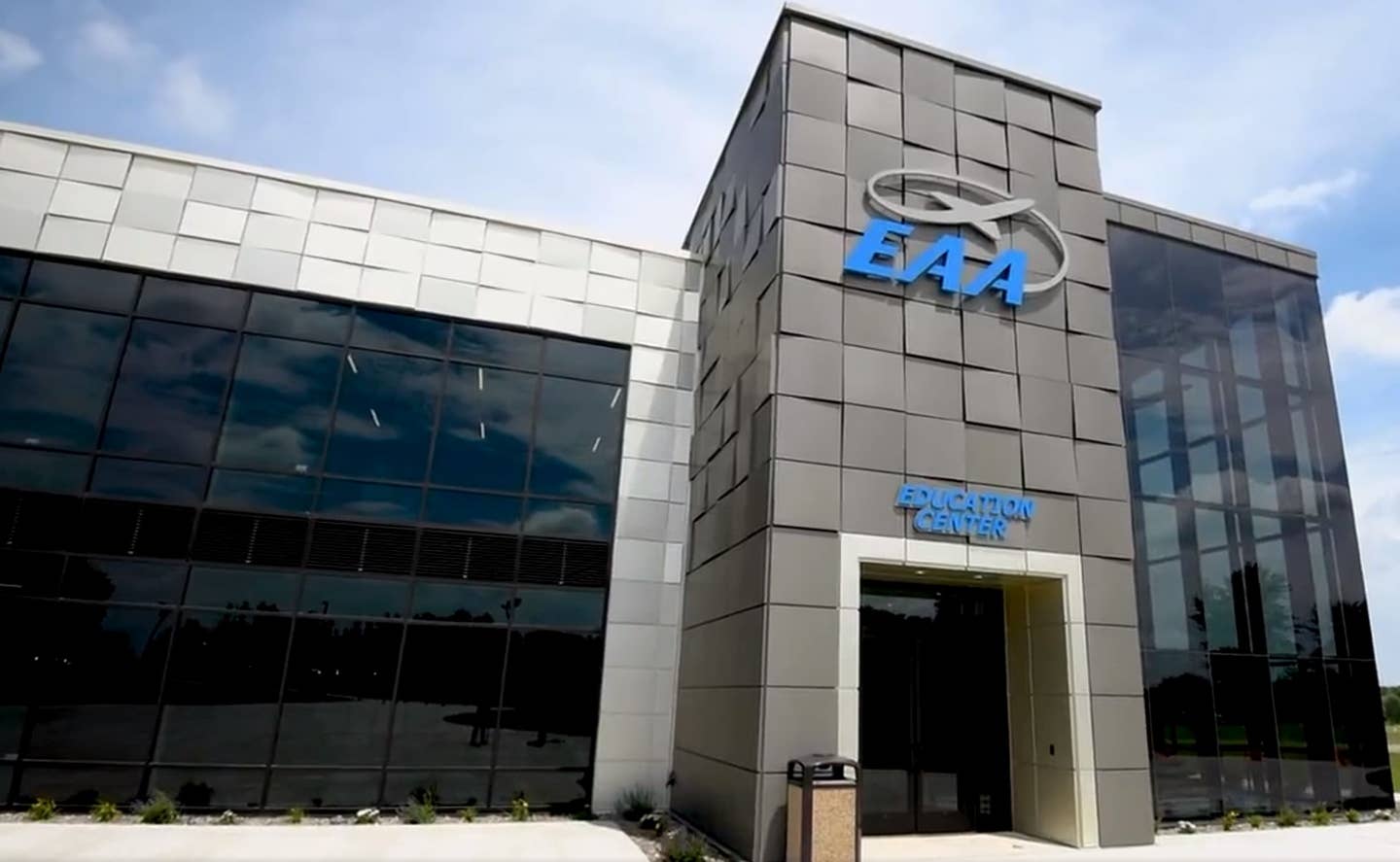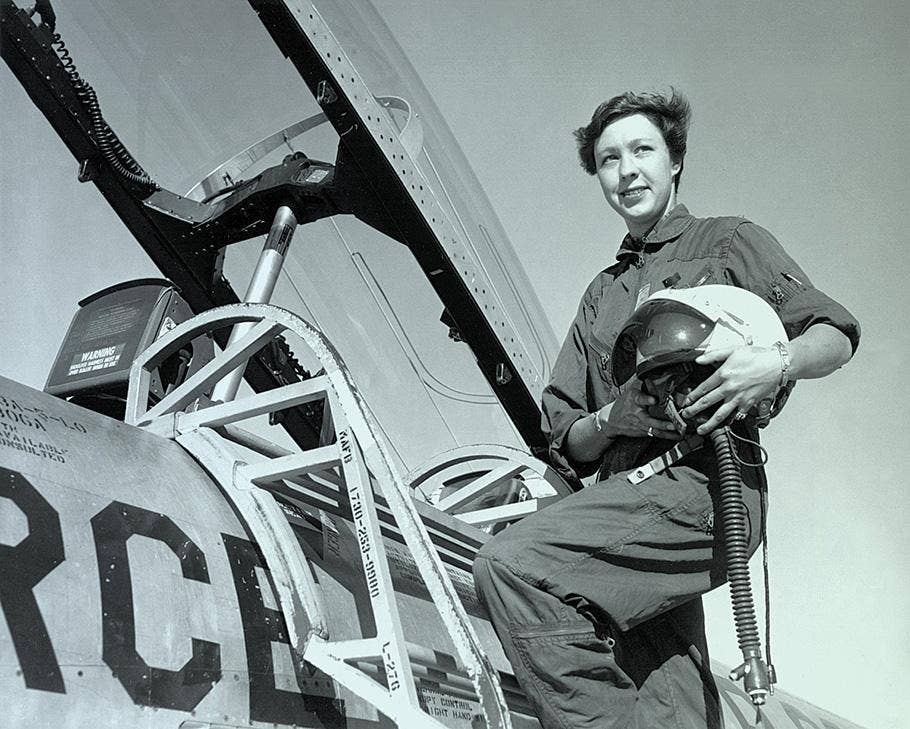
There’s great competition for sirline pilots. If you’re an employer, there’s a way you might be able to get the inside track. [Credit: Adobe Stock]
The aviation industry is desperately short on pilots. The airlines suffering from this are poaching aviators from wherever they can get them. This causes pain for corporate operators, regional airlines, and flight schools.
If you run one of those organizations, it’s likely that staffing keeps you up at night. There is a way to improve recruiting and retention, and do better by your people.
Ineffective Incentives
The most obvious staffing improvement tool is more pay, right? What starving young pilot doesn’t respond favorably to a bigger hourly rate or salary? However, have you ever taken a hard look at how much an extra dollar of pay gets to an employee’s pocket?
For starters, you have to pay 6.2 percent of that dollar into your employee’s social security account, and another 1.45 percent into Medicare on their behalf. Your employee has to match those contributions for a total of 15.3 percent. Already, only about 84 cents of that dollar gets to your employee.
“Offering your employees a 401(k) is also advantageous for your personal financial future.”
Your employee has to pay anywhere from 10 to 37 percent of that dollar in income tax. If you’re unlucky enough to operate in a state with its own income tax structure, your employee could lose up to another 10 percent.
Worst case, a high-income individual in a high-tax state might only see about 38 cents from the $1 increase. Even a poor, young flight instructor is likely to only see 70 cents or less of it.
Now you know why just offering a little more money doesn’t usually lead to people beating down your door asking to work. There’s a reason the airline PSA has to offer an incredible $187,500 in bonuses to hire and retain pilots.
It must be frustrating to feel so impotent. Thankfully, you have a better option.
The Financial Power of 401(k) Contributions
Instead of just adding $1 to your employee’s paycheck, you could instead increase (or start) your contribution to that employee’s 401(k) account.
Let’s use more interesting numbers and say you’re willing to boost your employee’s compensation by $1,000. If you just add that to their salary, the employee will only ever see $377 to $697 of it.
If you contribute that money to your employee’s 401(k) plan, you’ll still lose $153 to payroll tax. However, if the remaining $847 could grow tax-deferred for the next 40 years it will likely grow to $5,962 or more.
If you pay money directly to your employee’s salary the immediate return on investment (ROI) could be as bad as losing 62.3 percent. If you contribute that same money to your employee’s 401(k) the ROI is more than 700 percent.
How’s that for an effective retention incentive?
You Don’t Offer a 401(k)?
Offering access to a tax-advantaged retirement vehicle is fundamental to being a responsible employer. When each of your employees gets too old to work, they will need some way to cover their living expenses. If you offer a 401(k) plan, you give your employees the potential to support themselves in retirement. If not, their only choice will be to rely on Social Security.
In case you haven’t noticed, the Social Security system is bankrupt. The SSA freely admits that its trust funds will be out of money in 2034. Once that happens, every dollar they pay out will come directly from increased taxes.
Offering your employees a 401(k) is also advantageous for your personal financial future.
Yes, it does cost your company extra to sponsor a 401(k) plan. My airline’s 401(k) provider, Fidelity, offers plans for small businesses with transparent and reasonable fees. (Even better, the IRS offers a tax credit to help employers set up retirement plans). These fees are so small that it doesn’t take much of a compensation increase for the fees to be a far better deal than wasting upwards of 62 percent of your money on taxes.
Attracting Savvy Pilots
Another problem with just offering pilots more pay is most of us aren’t great with money. If you give a first officer another dollar, he’ll spend it on another candy bar for lunch. If another employer offers him two dollars instead of your one, that pilot will jump ship without a second thought.
The churn generated by pilots switching employers wastes our time and energy, and increases training costs. Offering an attractive 401(k) plan is an excellent way to one-up the competition. Even better, this type of tool is specifically designed to attract pilots who stick around longer.
If you offer the same base salary as Brand X Flight School next door, you’re nothing special. If Brand X increases pilot salaries by 10 percent (which amounts to 3.7 to 6.2 percent after taxes) some of your employees might go over there.
If you were to instead offer a 401(k) plan and pledge to match up to 10 percent of your employees’ contributions, financially savvy pilots would jump at the chance. They will want to stay at your company longer to take advantage of this rare offer, reducing your churn. Even better, any financially educated aviators at Brand X will be likely to ask you for a job, knowing how valuable your 401(k) match is. These are likely the kind of more mature individuals who will treat your aircraft better and represent your brand better to your customers. These are the ones you want to recruit and keep anyway.
Yes. Increasing compensation through 401(k) matching instead of direct pay will make recruiting easier, reduce your training costs, and improve your brand.
Presenting This to Your Boss
Although I hope some business owners read this column, I know that most of you are just regular working stiffs like me. Many of you have day jobs in fields other than aviation. That’s okay, because the benefits of increasing compensation in the form of 401(k) matches has the same benefit for you.
If you’re looking for a raise, you might be better off asking your employer to read this and consider an increase in their 401(k) match first. Aviation isn’t the only industry with retention issues. Let us know how that conversation goes. We’d love to celebrate with you.

Sign-up for newsletters & special offers!
Get the latest FLYING stories & special offers delivered directly to your inbox






